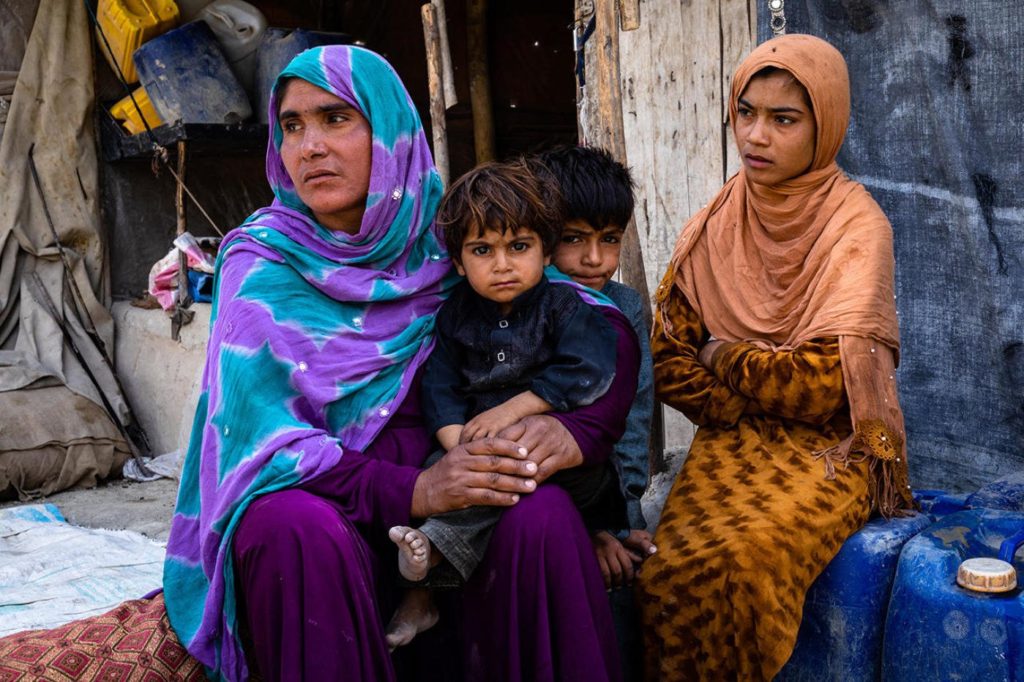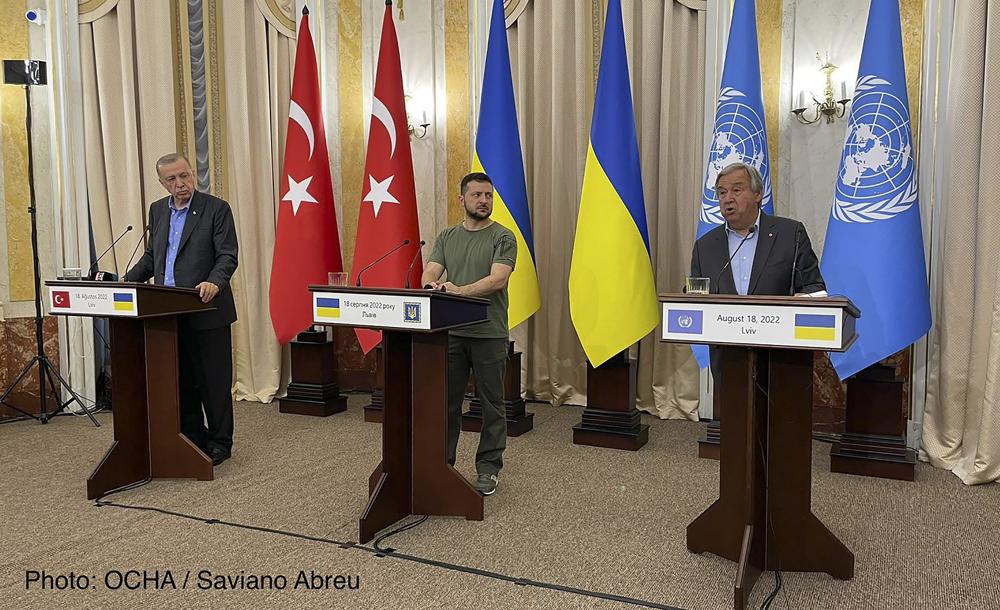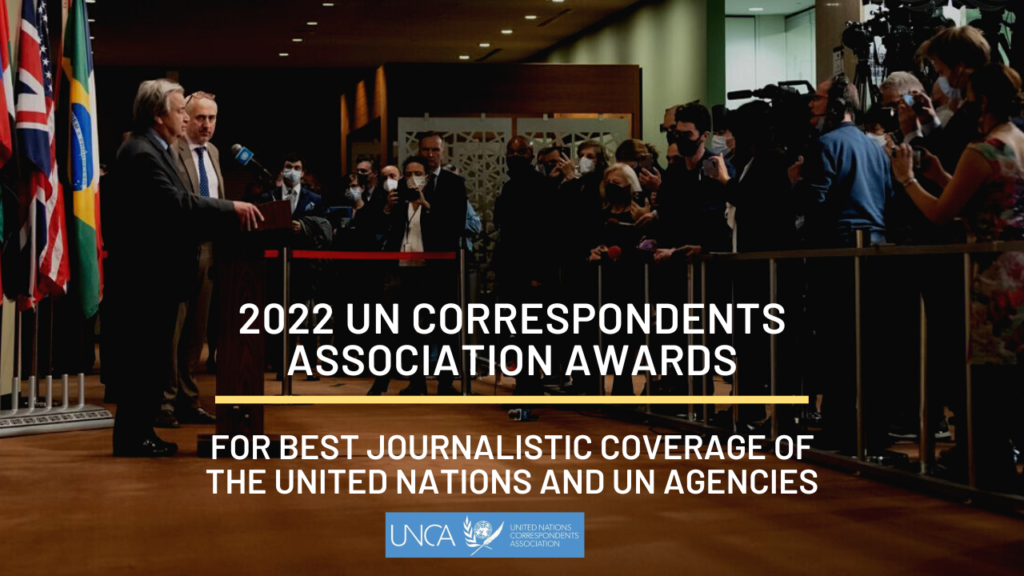UN makes it official: China “responsible” for serious human rights violations in Xinjiang
New York, September 1 – The United Nations has made it official in its media that China has committed “serious human rights violations” against the Uyghur people and “other predominantly Muslim communities” in Xinjiang province.
UN News and the main website of the world organization at UN headquarters in New York wasted no time in publishing overnight the report by the Office of the UN High Commissioner for Human Rights (OHCHR) in Geneva. The report was kept secret by Michelle Bachelet, the commissioner, during most of her four-year term. She released it just before ending her job on Wednesday August 31.
See the full report and China’s state response to the assessment here
UN Human Rights Office issues assessment of human rights concern in #Xinjiang #Uyghur Autonomous Region.
Read more: https://t.co/F2wpHFpIoy pic.twitter.com/f83bmfY7bZ
— UN Human Rights (@UNHumanRights) August 31, 2022
UN News said the report stipulated that “allegations of patterns of torture, or ill-treatment, including forced medical treatment and adverse conditions of detention, are credible, as are allegations of individual incidents of sexual and gender-based violence.”
It said the strongly worded assessment at the end of the report showed that the extent of arbitrary detentions against Uyghur and others, in context of “restrictions and deprivation more generally of fundamental rights, enjoyed individually and collectively, may constitute international crimes, in particular crimes against humanity.”
The report was “based on a rigorous review of documentary material currently available to the Office, with its credibility assessed in accordance with standard human rights methodology.”
“Particular attention was given to the Government’s own laws, policies, data and statements. The Office also requested information and engaged in dialogue and technical exchanges with China throughout the process.”
The report said that the violations have taken place in the context of the Chinese Government’s assertion that it is targeting terrorists among the Uyghur minority with a counter-extremism strategy that involves the use of so-called Vocational Educational and Training Centres (VETCs), or re-education camps, “ UN News said.
UN News published a rebuttal by the Chinese government, which said that its authorities in the Xinjiang region operate on the principle that everyone is equal before the law, “and the accusation that its policy is ‘based on discrimination’ is groundless.” China said that its counter-terrorism and “de-radicalization efforts” in the region, had been conducted according to “the rule of law” and by no means add up to “suppression of ethnic minorities.”
On the issue of the camps, Beijing responded that the VETCs are “learning facilities established in accordance with law intended for de-radicalization” and not “concentration camps”.
“The lawful rights and interests of workers of all ethnic groups in Xinjiang are protected and there is no such thing as ‘forced labor’”, China’s statement said, adding that there had been no “massive violation of rights”.
The statement calls on the international community to be “clear-eyed about the truth” of its counter-terrorism campaign in the region, and “see through the clumsy performances and malicious motives of anti-China forces in the US and the West, who attempt to use Xinjiang to contain China.”
It calls instead, for the UN and other international organizations, to investigate “the human rights disasters caused, and numerous crimes committed, by the US and some other Western countries, both at home and abroad.” (from UN News)
Read more News on Human Rights here
United Nations correspondent journalists – United Nations correspondent journalists – United Nations correspondent journalists – United Nations journalism articles – United Nations journalism articles – United Nations journalism articles – United Nations News – United Nations News – United Nations News















